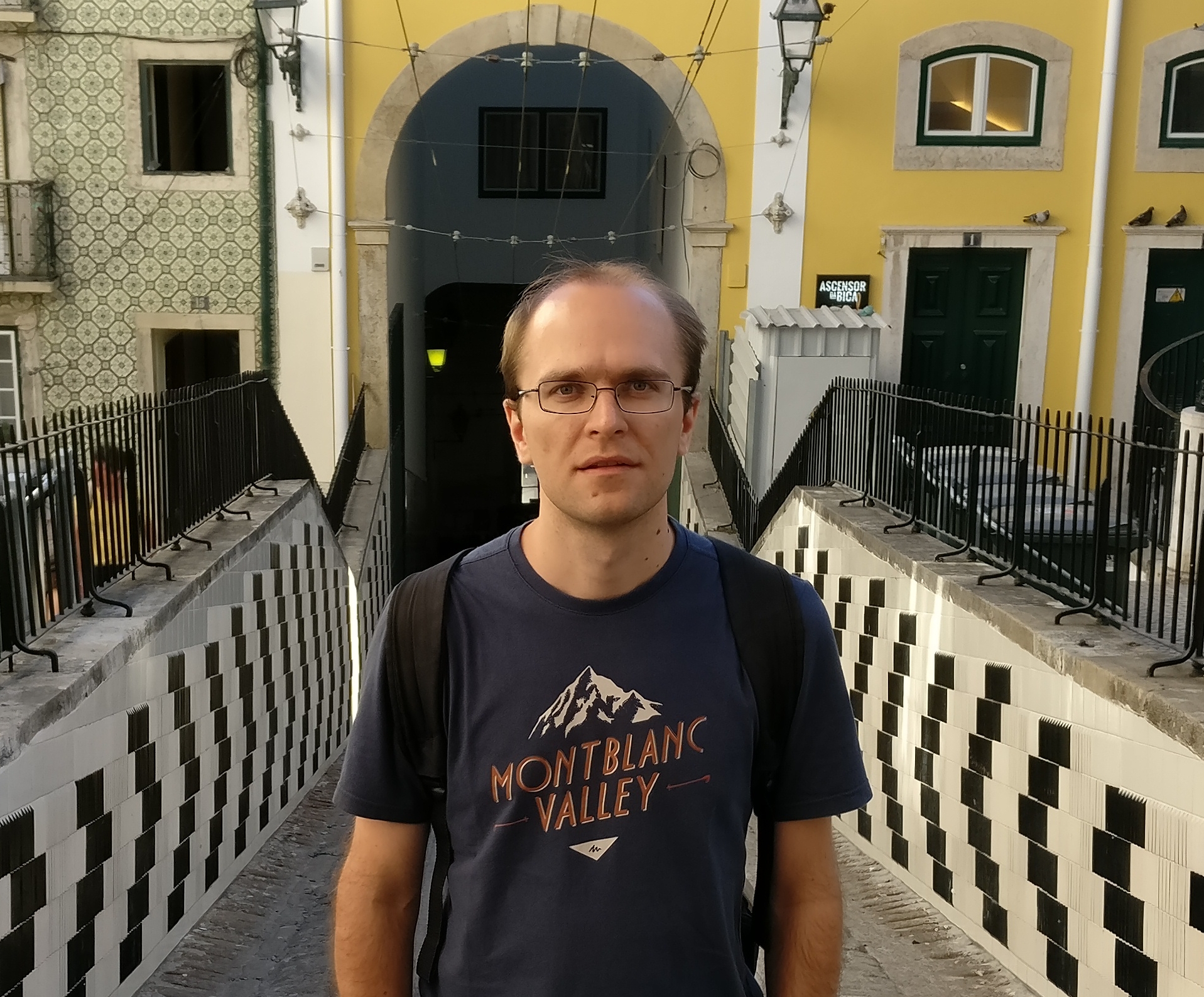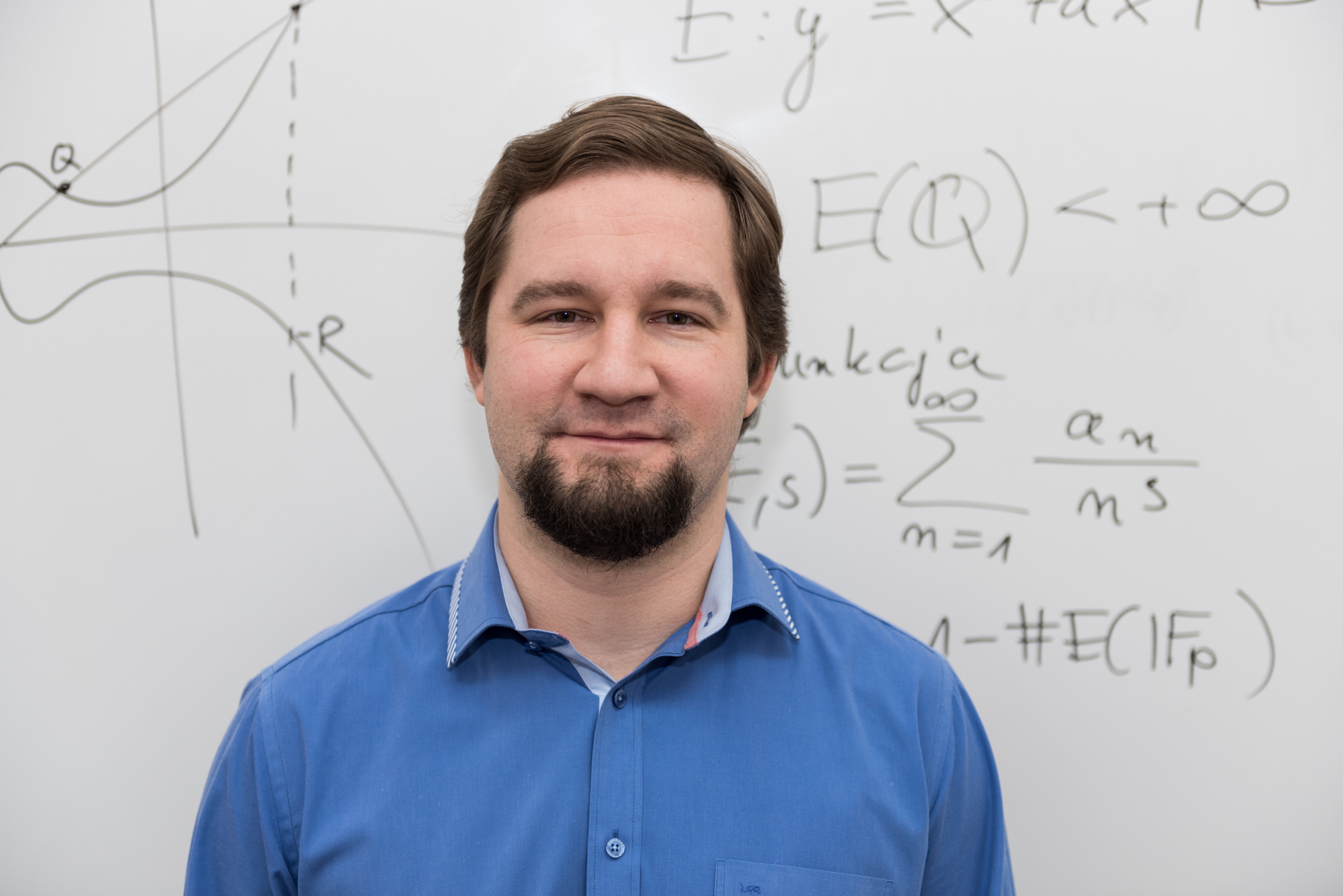Elliptic surfaces
In this series of lectures we are going to see an overview of major aspects of algebraic and arithmetic geometry of elliptic surfaces. These objects are very ubiquitous in many problems of low dimensional algebraic geometry and also appear in number theory, theory of lattices, sphere packings, divisibility sequences, Galois representations and theory of differential equations of Picard-Fuchs type.
In the first two lectures we will define elliptic surfaces, describe the degeneration types of fibres following Kodaira and Tate and study the relation to Weierstrass equation. After that we will speak about three fundamentally different types of elliptic surfaces, namely the rational, K3 and honestly elliptic. This distinction will allow us to talk separately about distinct features of each class. One of the major tools we will use is the Picard lattice which describes the algebraic classes in the middle cohomology groups of elliptic surfaces. Existence of the Weierstrass model allows one to easily compute the "trivial" subspace of algebraic cocycles, leaving one with the study of the "difficult part" represented by the Mordell-Weil group of the generic fibre. I will describe a full classification in the case of rational elliptic surfaces due to Shioda and Oguiso.
Then we will switch to elliptic K3 surfaces which allow multiple non-equivalent elliptic fibrations on the same surface - a special feature of this class. In this class we can already observe the existence of nonalgebraic classes in cohomology which in high Picard rank cases can be identified with motives attached to classical modular forms (a result due to Shioda-Inose, Livne,...).
In the second part of the series, we will concentrate on more specialised topics, discuss a bit honestly elliptic surfaces that arise from pullbacks and their arithmetic. The applications to study of certain Galois representations will be discussed. We will also check how one can compute a global L-function attached to an elliptic surface using the information about Picard lattice, modularity and Grothendieck-Lefschetz point counting formula. I will emphasise also a recently developed connection with Picard-Fuchs differential equations and theory of motives which is an exciting recent avenue in the theory. We will try to also focus in my places on the practical computations that lead to rather concrete results and connect to certain statements in number theory like existence of elliptic curves of high rank, construction of geometric objects with certain rational constraints.



